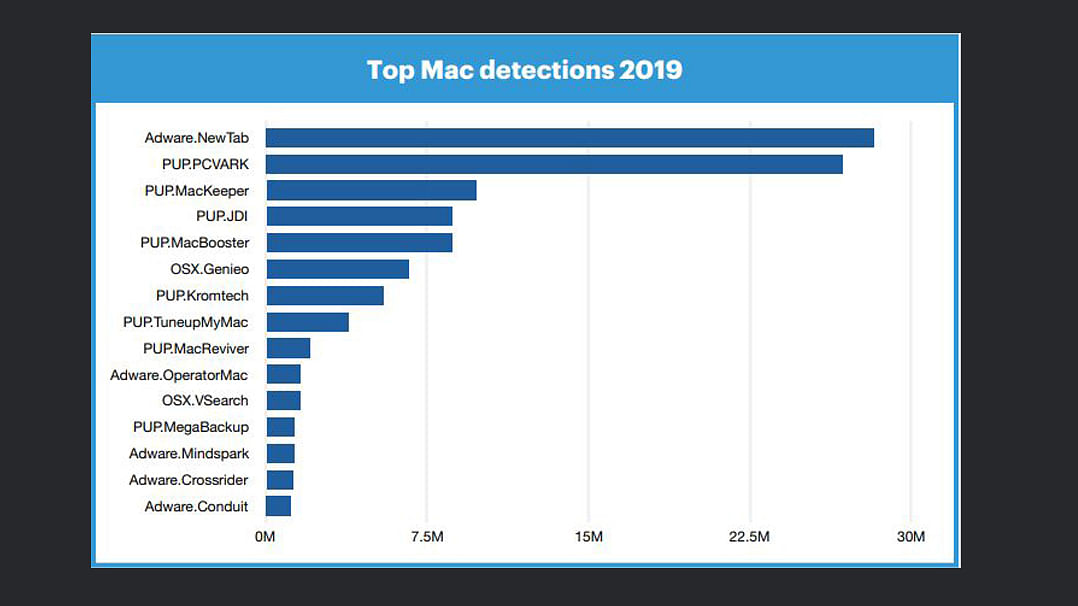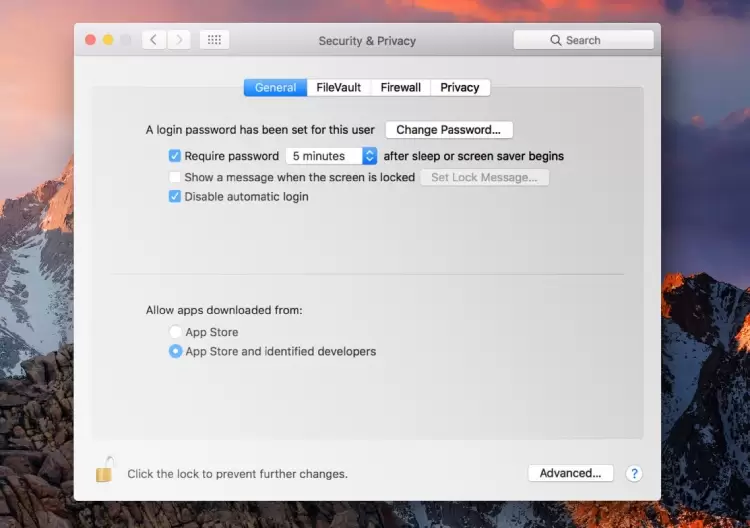

At that time, the actor used a fake website: wfcwalletcom Unfortunately, we couldn’t identify the initial installer, but we established that the infection started from a malicious file named WFCUpdater.exe. Change of Windows malwareĭuring our ongoing tracking of this campaign, we found that one victim was compromised by Windows AppleJeus malware in March 2019. We speculate that this is an intermediate stage in significant changes to their macOS malware. It doesn’t have an encryption/decryption routine for network communication. We recognized a different type of macOS malware, MarkMakingBot.dmg (be37637d8f6c1fbe7f3ffc702afdfe1d), created on. However, they have started changing their macOS malware. These three macOS installers use a similar post installer script in order to implant a mach-o payload, as well as using the same command-line argument when executing the fetched second-stage payload. The malware authors used QtBitcoinTrader developed by Centrabit. This macOS malware used public source code in order to build crafted macOS installers. We found more macOS malware similar to that used in the original Operation AppleJeus case. We assess that the Lazarus group has been more careful in its attacks following the release of Operation AppleJeus and they have employed a number of methods to avoid being detected.įor more information, please contact: Life after Operation AppleJeusĪfter releasing Operation AppleJeus, the Lazarus group continued to use a similar modus operandi in order to compromise cryptocurrency businesses. In addition, to attack Windows users, they have elaborated a multi-stage infection procedure, and significantly changed the final payload. To attack macOS users, the Lazarus group has developed homemade macOS malware, and added an authentication mechanism to deliver the next stage payload very carefully, as well as loading the next-stage payload without touching the disk. As a result of our ongoing efforts, we identified significant changes to the group’s attack methodology. Notably, this operation marked the first time Lazarus had targeted macOS users, with the group inventing a fake company in order to deliver their manipulated application and exploit the high level of trust among potential victims. In 2018, Kaspersky published a report on one of their campaigns, named Operation AppleJeus. See Protecting app access to user data for ways that macOS can help protect user data from malware, and Operating system integrity for ways macOS can limit the actions malware can take on the system.The Lazarus group is currently one of the most active and prolific APT actors. There are additional protections, particularly on a Mac with Apple silicon, to limit the potential damage of malware that does manage to execute.

These protections, further described below, combine to support best-practice protection from viruses and malware. XProtect adds to this defense, along with Gatekeeper and Notarization.įinally, XProtect acts to remediate malware that has managed to successfully execute. The next layer of defense is to help ensure that if malware appears on any Mac, it’s quickly identified and blocked, both to halt spread and to remediate the Mac systems it’s already gained a foothold on. The first layer of defense is designed to inhibit the distribution of malware, and prevent it from launching even once-this is the goal of the App Store, and Gatekeeper combined with Notarization. Remediate malware that has executed: XProtect

Block malware from running on customer systems: Gatekeeper, Notarization, and XProtectģ. Prevent launch or execution of malware: App Store, or Gatekeeper combined with NotarizationĢ. Malware defenses are structured in three layers:ġ. iPhone Text Message Forwarding security.How iMessage sends and receives messages.Adding transit and eMoney cards to Apple Wallet.Rendering cards unusable with Apple Pay.Adding credit or debit cards to Apple Pay.How Apple Pay keeps users’ purchases protected.Intro to app security for iOS and iPadOS.Protecting access to user’s health data.How Apple protects users’ personal data.Activating data connections securely in iOS and iPadOS.Protecting user data in the face of attack.Protecting keys in alternate boot modes.Encryption and Data Protection overview.UEFI firmware security in an Intel-based Mac.Additional macOS system security capabilities.



 0 kommentar(er)
0 kommentar(er)
